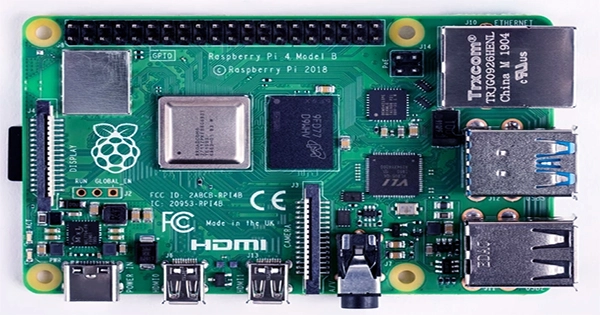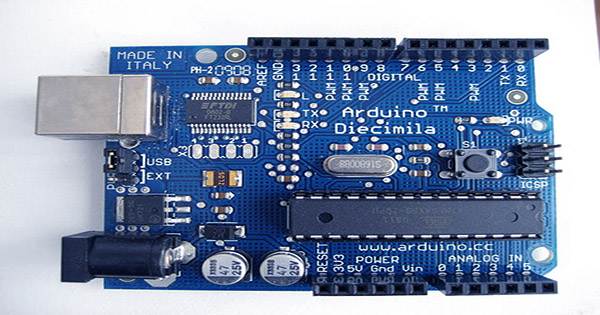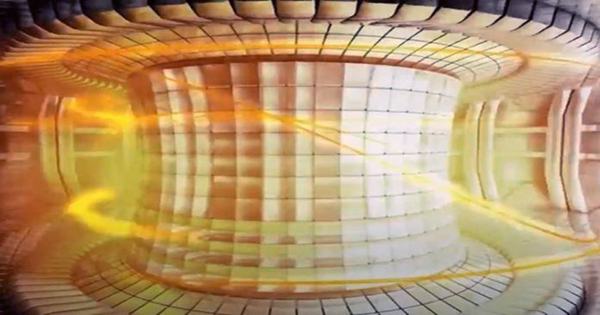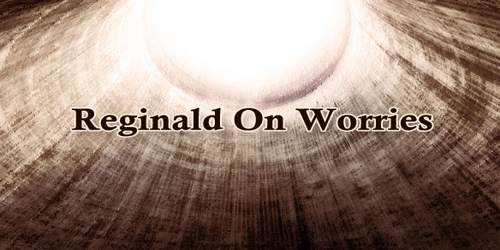Luminescent Solar Concentrators (LSCs) are photovoltaic devices that improve the absorption of sunlight in solar cells. It is a device that uses concentrated radiation, specifically solar radiation, to generate energy.
Luminescent solar concentrators work on the premise of collecting sunlight across a vast area, converting it via luminescence (particularly fluorescence), and directing the resulting radiation onto relatively small photovoltaic solar cells at the edges. They work by catching sunlight from a vast area and concentrating energy on a smaller region containing solar cells.
Design
Initial designs typically consisted of parallel thin, flat layers of alternating luminous and transparent materials arranged to collect incoming radiation on their (broader) faces and release concentrated radiation on their (narrower) edges. Typically, the gadget would direct concentrated radiation onto solar cells to generate electricity.
Other arrangements (e.g., doped or coated optical fibers or contoured stacks of alternating layers) may be more appropriate for specific purposes.
Here’s how they typically work:
- Light Absorption: LSCs are made of transparent materials containing luminescent compounds, which absorb sunlight across a broad spectrum of wavelengths. When sunlight strikes the LSC, it excites the luminescent compounds, causing them to emit light.
- Light Guiding: Once emitted, the light is guided through the transparent material of the LSC via total internal reflection. This means that the light is reflected off the boundaries of the material, preventing it from escaping until it reaches the edges of the device.
- Concentration: At the edges of the LSC, photovoltaic solar cells are placed. The concentrated light is then directed onto these solar cells, where it is converted into electricity.
LSCs offer several advantages over traditional solar concentrators and photovoltaic systems:
- Versatility: LSCs can be made in various shapes and sizes, allowing for flexibility in their application. They can be integrated into building materials, windows, or even clothing.
- Aesthetics: Because LSCs are transparent, they can be incorporated into architectural designs without significantly altering the appearance of buildings.
- Low-cost Manufacturing: LSCs can be produced using inexpensive materials and fabrication techniques, potentially reducing manufacturing costs compared to conventional solar panels.
- Low Concentration: Unlike standard solar concentrators, LSCs use low optical concentration ratios, which reduces the complexity and cost of the optical systems required to concentrate sunlight.
Despite these benefits, LSCs suffer certain drawbacks, including lower efficiency when compared to standard solar cells and the probable deterioration of luminous materials over time. However, ongoing research intends to overcome these difficulties and increase LSC performance for wider use in solar energy applications.
















